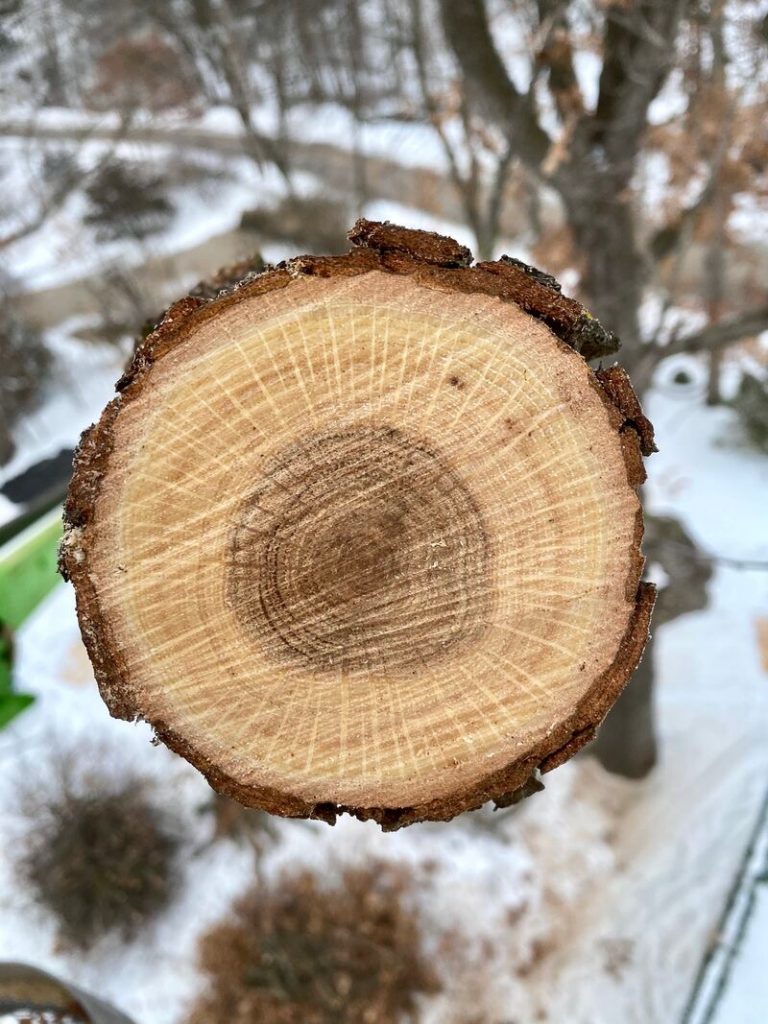Holidays
Just last week my daughter wanted a Christmas tree so she got one at Walmart for something like C$50. It looks fine and it should be good for several more years; and we don’t have to worry about fire hazards and post-holiday shredding. Then today I opened up my newspaper.
Jennifer Cole’s article (The Globe and Mail, December 2, 2024, A11) headline says it all, “We don’t need to cut down majestic old trees for the holidays.” And I agree. It’s been a long tradition in many European cities and the Vatican to cut down old trees and dress them up for the holidays in a high profile city square location. I’m sure it looks awesome but the world is changing.
I believe that an eighty-year-old tree should stay in the forest. Let it provide habitat and sustenance for birds and animals while it sequesters carbon in its tissues. It seems wasteful to cut down an old tree for a bit of holiday fun. I will always vote for the trees. What about you? Leave me a comment.
Yes and no
As the climate changes we need to keep our trees healthy and plant new ones. But people love their traditions so they fight and write petitions. You are either a tree hugger or you love traditions and cutting down one old tree is no big deal for you. But I agree with Cole that cutting down old trees for the holidays is hardly necessary.
In Vancouver, the giant tree in front of the Vancouver Art Gallery is a 76-foot artificial cone. No one complaints, writes Cole. I suspect it’s because this is a cheaper option over the costly installation and removal of a real tree. Cole writes that the Edmonton Downtown Association said that paying for a large real tree didn’t make sense any more.
Happy holidays!
Whatever you do at home with your Christmas tree, I hope you enjoy your holidays. If your city square installs a huge real tree then go enjoy it. And if it upsets you, sign a petition.























